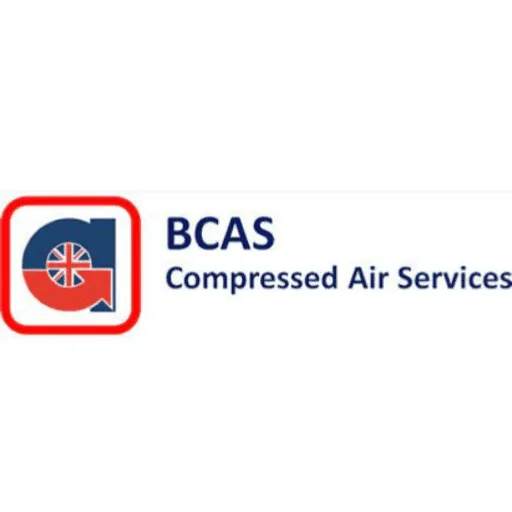Introduction
Let’s face it – dismissing an employee fairly is never a walk in the park. But as a business owner, it’s crucial to handle the situation fairly and within the bounds of UK employment law.
While the process may seem daunting, breaking it down into manageable steps can make it a bit less overwhelming. So, grab a cup of coffee, take a deep breath, and let’s explore how to dismiss an employee fairly in the UK.
1. How To Dismiss An Employee Fairly – Be Crystal Clear On the Reasons for Dismissal
Before diving into the process, ensure you have valid grounds for dismissal. If you don’t have objective grounds then it is difficult to see how you can dismiss an employee fairly. Common reasons include poor performance, misconduct, redundancy, or a breach of company policies. Make sure you’ve documented the issues and attempted to resolve them through warnings or discussions. Especially with performance, if you want to dismiss an employee fairly, can you show that you have a job description for them? Induction process? On-the-job training? Constructive detailed feedback if they are not doing the right thing?
2. How To Dismiss An Employee Fairly – Legal Essentials: Cross Your t’s and Dot Your i’s
– Check their employment contract and your handbook: Review these documents to check the length of their notice period, termination clauses, and any disciplinary procedures you might have to follow.
– No employment contract? You will still have to follow the ACAS guidelines on dismissals. And don’t be fooled by the word “guideline” – you have to follow them or pay a solicitor hundreds of pounds to justify why you haven’t done so to a judge.
– Make sure that the things that you want to dismiss or discipline them for have nothing to do with any protected characteristics (age, sex, sexual orientation, gender reassignment, marriage & civil partnership, pregnancy & maternity, disability, race, religion). If they do, you will need to put more effort into gathering objective proof that the offence has nothing to do with the protected characteristic.
3. How To Dismiss An Employee Fairly – Preparation: Gather Evidence and Documentation
– Compile Records: Collect evidence of poor performance, misconduct, or any other justifiable reasons for dismissal. This could include performance reviews, CCTV, emails, or witness statements.
4. How to dismiss an employee fairly – Informal Discussions: The Gentle Nudge
– Schedule a Meeting: Arrange a private, informal meeting with the employee to discuss the concerns. This works particularly well for poor performance, not so much for poor conduct. Choose a neutral and comfortable setting, without anybody else listening in.
– Express Concerns: Clearly communicate the issues affecting their performance or conduct. Encourage an open dialogue and listen to their perspective.
– Offer Support: Provide support or additional training if applicable. Sometimes, performance issues stem from a lack of resources or understanding.
5. How To Dismiss An Employee Fairly – Informal Warning: Setting the Tone
– Documentation is Key: If informal discussions don’t yield results, you can issue an advisory note. Send the advisory note (in an email is fine), outlining the issues, expected improvements, and deadlines for those improvements to be met. You do not need to get them to agree to the advisory note, but you do need proof that they received it (delivery receipt, read receipt, simple “yes I got it” from them).
If your employee has under two years’ service, you can now skip to point 8. If they have more than two years’ of service, you will have to go through all the steps of a disciplinary.
6. How To Dismiss An Employee Fairly – Written Warning: Putting it in Writing
– Follow Up in Writing: If problems persist, start a formal disciplinary process, which can escalate to a written warning once you have followed all stages of the process. Clearly detail the concerns, improvements required, and a timeframe for achieving these improvements. You will need objective evidence to show that they are responsible for the problems, as well as giving them the chance to defend themselves.
– Provide Support: Reiterate your willingness to support the employee in meeting expectations. Include any additional training or resources that may help.
7. How To Dismiss An Employee Fairly – Final Written Warning: Last Chance Saloon
– Detail Consequences: If performance or conduct does not improve, go through the disciplinary process again in order to be able to issue a final written warning.
8. How To Dismiss An Employee Fairly – Dismissal Meeting: The Unpleasant Conversation
If they have under two years’ service:
In this case it is relatively straightforward to dismiss an employee fairly. Meet with them in private to tell them that they are going to be dismissed. No need for a formal invite. No right to a companion. Clearly state the reasons for dismissal, referring to any previous warnings and efforts made to address the issues. Maintain a compassionate tone. You don’t have to give them all the reasons for dismissal, but it will make the final conversation quicker and fairer if you are able to have at least 3 objective instances of non-performance/poor conduct.
Let them know about their notice period (whether they need to work it, or if it will be paid), any outstanding holiday, final pay, and any other relevant details.
If they have over two year’s service:
You will only be able to dismiss them fairly if you keep following the disciplinary process right through to dismissal. You will have to build up first written warning, final written warning, and then dismissal. For it to be a fair dismissal, you always have to give them the right of appeal.
9. How To Dismiss An Employee Fairly – Appeals Process: Give Them a Chance to Speak
All staff with over two year’s service have the right to appeal the decision. Provide details on the appeals process and the timeframe for submitting an appeal, usually 5 working days. Ensure that the appeals process is fair, impartial, and conducted by a different person to the disciplinary.
10. How To Dismiss An Employee Fairly – Post-Dismissal Support: Handle with Care**
– Offer References: Despite the dismissal, offer to provide a reference for the employee. You don’t legally need to give one in the UK. If you do give one, normally you would only need to confirm the dates they worked for you, and their job title. You could consider putting in parts of the job description to show what type of tasks they did. Do NOT give a negative reference, in writing or on the phone, as this could be used against you in a court of law.
Conclusion
Hopefully this article has shown you how to dismiss an employee fairly. It can be tricky, but doing so fairly and by following UK employment law is crucial for both parties involved. By following these simple steps, you can navigate the process with confidence, ensuring fairness and compliance at every stage. Remember, communication and empathy go a long way in making a challenging situation a bit more manageable for everyone.
Contact us on 01491 598 600.







































































































